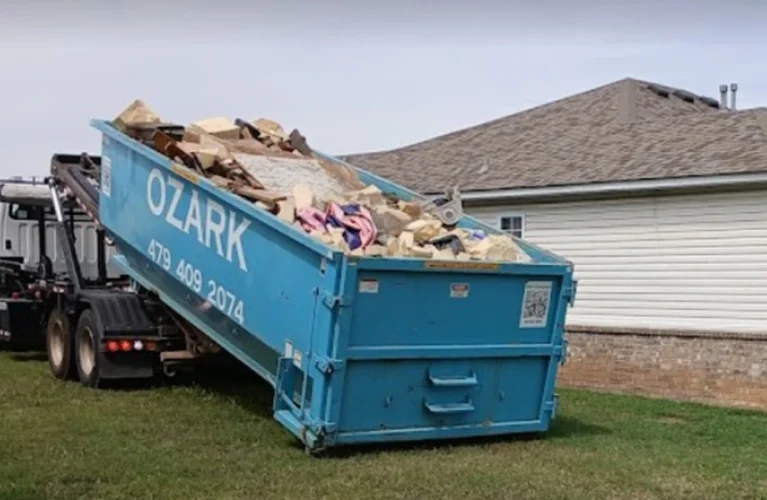
A Comprehensive Guide to Price Lists for Duplex and Inconel
Introduction
When it comes to sourcing materials for industrial applications, particularly in sectors like manufacturing, petrochemicals, and aerospace, selecting the right type of plates is crucial. Duplex plates and Inconel plates are two popular choices due to their exceptional properties, but understanding their Price List Inconel Plates can be a complex task. In this blog, we will delve into the world of Duplex and Inconel plates, providing insights into their pricing, factors that influence costs, and the key differences between the two materials.
Understanding Duplex Plates
Duplex stainless steel is a family of materials known for their high strength and excellent corrosion resistance. They are widely used in environments where conventional stainless steels fall short. Duplex plates are typically made from a combination of austenitic and ferritic stainless steels, offering a balanced mix of properties.
Pricing Factors for Duplex Plates
- Alloy Composition: The specific composition of the duplex stainless steel greatly influences the price. Plates with higher percentages of alloying elements, such as chromium, molybdenum, and nickel, tend to be more expensive.
- Plate Thickness: Thicker plates require more raw material and additional manufacturing processes, leading to higher costs.
- Market Demand: Prices can fluctuate based on market demand and availability of duplex stainless steel. A shortage in supply can drive up prices.
- Quality Standards: Duplex plates with higher quality standards and certifications might command a premium price.
Understanding Inconel Plates
Inconel is a family of nickel-based superalloys known for their exceptional resistance to high temperatures, corrosion, and oxidation. Inconel plates find applications in extreme environments where other materials cannot withstand the conditions.
Pricing Factors for Inconel Plates
- Nickel Content: Inconel alloys contain a significant amount of nickel, and as the price of nickel on the global market fluctuates, it can significantly impact the cost of Inconel plates.
- Alloy Complexity: Inconel alloys are available in various grades, and the complexity of the alloy’s composition can influence the price. More intricate alloys tend to be more expensive.
- Plate Size and Thickness: As with Duplex plates, the size and thickness of Inconel plates affect the cost. Thicker and larger plates generally cost more.
- Market Dynamics: Similar to Duplex plates, market forces, including supply and demand, can drive price fluctuations for Inconel plates.
Key Differences Between Duplex and Inconel Plates
- Material Composition: Duplex plates are a type of stainless steel, while Inconel plates are nickel-based superalloys. This fundamental difference impacts their performance in various applications.
- Temperature and Corrosion Resistance: Inconel plates excel in high-temperature and corrosive environments, while Duplex plates are better suited for less extreme conditions.
- Cost: Inconel plates are generally more expensive than Duplex plates due to their unique properties and higher nickel content.
Conclusion
When considering Duplex and Inconel plates for your industrial projects, it’s essential to factor in the price, along with the specific requirements of your application. While Duplex plates are more cost-effective and suitable for many applications, Inconel plates are indispensable in extreme conditions where their superior properties are required. The pricing of these materials is influenced by various factors, including alloy composition, size, market dynamics, and quality standards. Always work closely with suppliers who can provide you with accurate and up-to-date price lists to make informed decisions for your projects.










